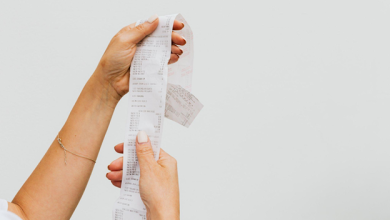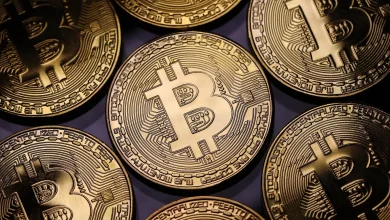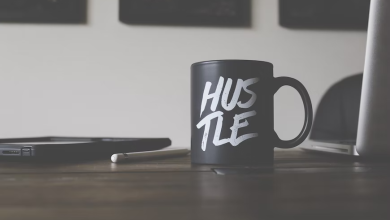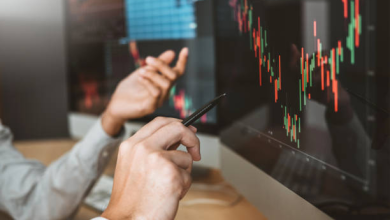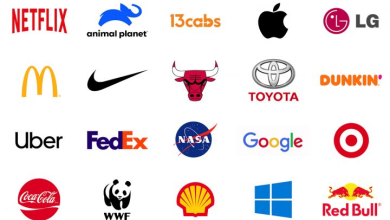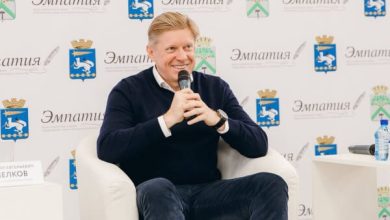Buyers, Collectors Value Uniqueness, Rarity of NFT Art
To some, acquiring NFT art is a worthwhile hobby, while some take it as serious investment, spending money and competing to get a popular digital item or artwork that that they may flex online. Collectors perceive the value of an object or a work of art differently, and when it comes to purchasing NFT art, rarity and uniqueness are factors that are highly considered.
After verifying the authenticity of an NFT, how does one check its uniqueness and rarity in a market overflowing with original products? An asset must have certain qualities which will make stand among other assets that are being sold.
A non-fungible token or NFT is a unique digital asset because each is different even if there may be some similarities between them. All NFT data are recorded immutably on the blockchain through the process of minting. An NFT may be a sports moment or video clip, a music file or a meme. It can also be an artwork, or even a simple tweet, like Jack Dorsey’s first-ever post on Twitter.
In the same way people often check the details of products they intend to use, it is necessary to research the origin and history of the NFT art they are interested in, so as to properly evaluate its worth and future use. A bit of searching online can provide a lot of information regarding a particular NFT.
Certainly, one should read about the NFT project itself: who minted the NFT, when was it created, and how the creator’s other works have performed in the market. knowing whether the creator has established a good reputation or is just new in the field can provide prospective buyers with an idea if the NFT can be resold at higher prices in the future.
Hype can also affect the perceived value of an NFT, especially if the creators are well-known artists or celebrities. But when that fanfare has faded, the asset should still have actual value, utility and relevance. It is important to ask what qualities made the creator’s other items successful in the market and how can this current item be used in the future.
The buyer may also check if the item is being sold at several digital asset marketplaces. While sellers are free to place their digital product on any platform, they usually prefer to use only one blockchain. The asset may not be as unique as declared, especially if the creator is selling very similar NFTs on these marketplaces. It is also possible that many other creators are selling similar artwork at various prices, and this can help the buyer compare one NFT’s uniqueness from another.
One is free to speculate about future prices and trends, but predictions should be based on in-depth research. People always yearn for what is unique among many; and while a commodity may be deemed unique depending on a buyer’s judgement or interest, it helps when one takes a moment to review the NFT art’s information before purchasing it. A buyer should know enough in order to compare and discern what should and should not be bought.
